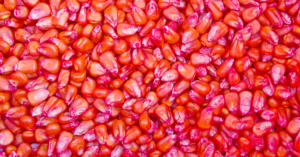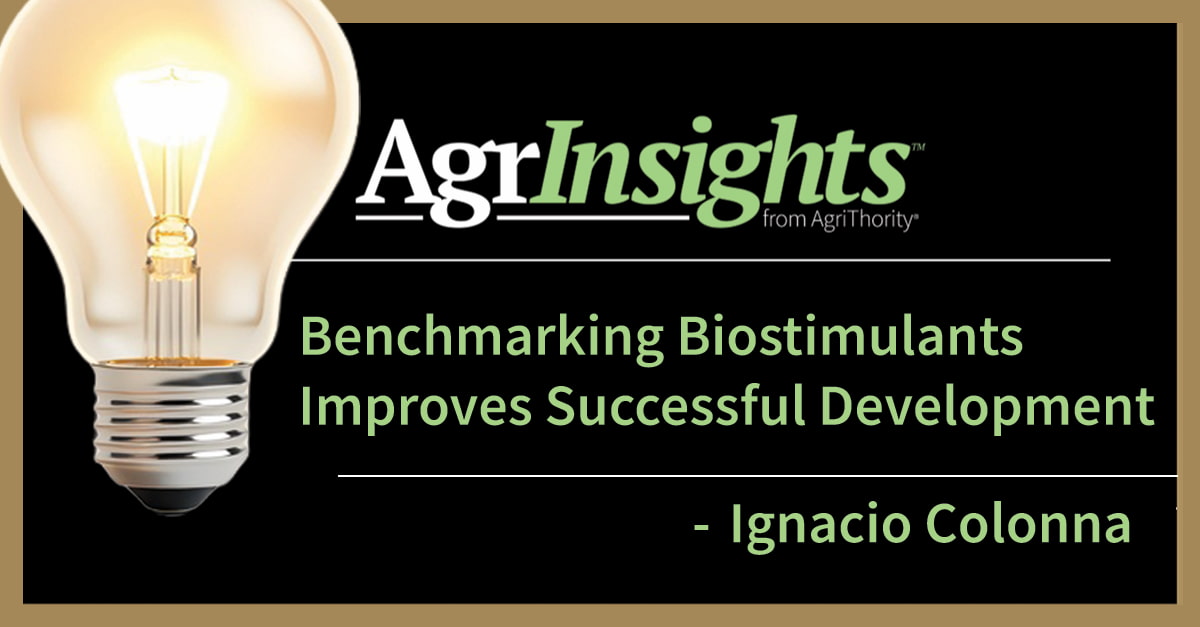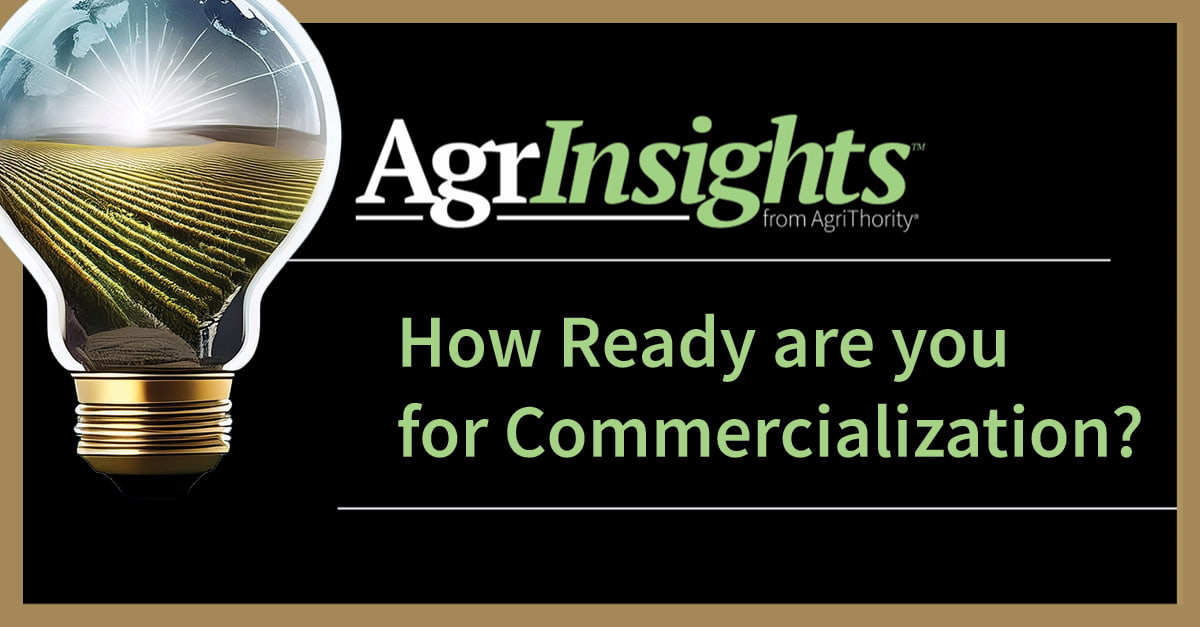Expanding pest control while reducing user and environmental impact are major advantages of seed treatments and continue to be important. Sustainability practices have been around for thousands of years but have gained heightened consumer awareness in the last decade, and the industry has responded with sustainability and regenerative agriculture practices. Seed applied technologies have a long history improving sustainability and continue to grow in agriculture, with biological solutions sharing space on the seed.
Not only does seed treatment technology have a long history, but the addition of biologicals expands the already bright future. According to Verified Market Research, the Global Seed Treatment Market size was valued at USD 7.77 Billion in 2020 and is projected to reach USD 11.45 Billion by 2028, growing at a CAGR of 6.68 % from 2021 to 2028. This growth projection continues to offer potential for companies to develop and benefit from seed applied technologies.

Active ingredient rates per acre are usually less for seed treatments than rates for the same active ingredient applied in-furrow, foliar or as soil broadcast or band treatment. Seed treatment also reduces exposure to non-target organisms in the soil or on plant foliage compared to other application methods. Some seed treatments replace additional pre-plant or post-plant trips across the field to apply fungicides, nematicides and other crop inputs reducing fuel consumption, cost and carbon footprint.
When developing seed treatments, five focus areas should be considered:
-
-
- Efficacy: A successful seed treatment must be effective in controlling the target pest at a relatively low use rate.
- Seed Safety: A successful seed treatment must not be phytotoxic. Seed safety is paramount as is efficacy. The rate must perform without damaging the seed. As the value of seed increases, the need for protection of germinating and emerging seedlings also increases. Seed treatments continue to play an important role in reducing early season problems that can lead to replanting. Getting a good stand on the first planting increases the opportunity for a more productive season.
- Compatibility: Seed treatments usually are applied with other seed treatments or even formulated with other products to provide a complete seed treatment package. The successful seed treatment product will not interfere with, or be interfered with, when mixed with other commonly used seed treatments. Also seed as a carrier of products has limited capacity. For example: the total volume of the seed treatment slurry should not exceed 7.5 fluid ounces per 100 lbs. of corn seed.
- Environment: Seed treatments are normally applied with colorants to mark the seed as treated. The color of the treatment can in some circumstances be adjusted to make the treated seed less attractive to birds or other wildlife.
- Quality management systems: Define the treatment process. How should treated seed be handled? What are the worker protection parameters? Ensure the information is provided to facilitate safe and legal treatment of seed, as well as necessary disposal of treated seed.
-
AgriThority has a long history and deep experience in the development of seed applied technologies and genome editing projects. Product development work includes more than 125 seed treatment products since 2008. Because we work internationally and across many crops, new seed treatment product development can be planned and executed for multiple markets. The ability to market internationally is a key for product differentiation in the future and working with AgriThority gives companies a native guide into all the markets they are targeting.
Reach out to AgriThority today to help move your innovative technologies into seed treatment markets.
Forward-thinking agriculture experts with deep scientific experience are the core of AgriThority®. As an independent global science consultancy, we focus on exploring potential, expanding market access and evolving production for greater food security and sustainability. When your Research is ready for Development, turn to AgriThority for scientific business, market and product expertise.


